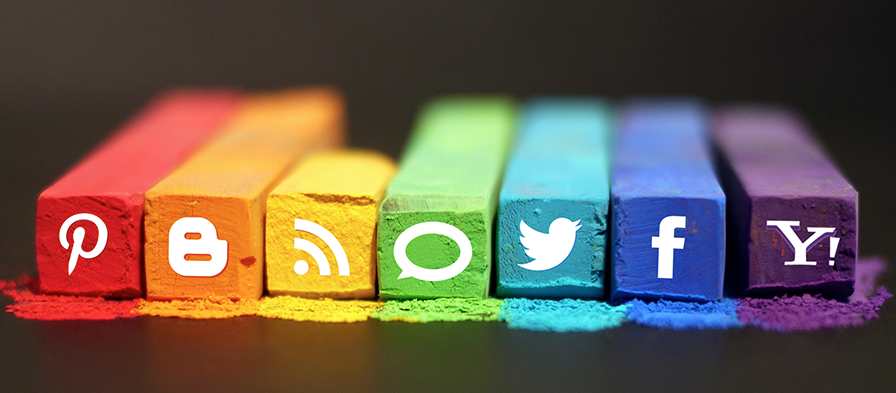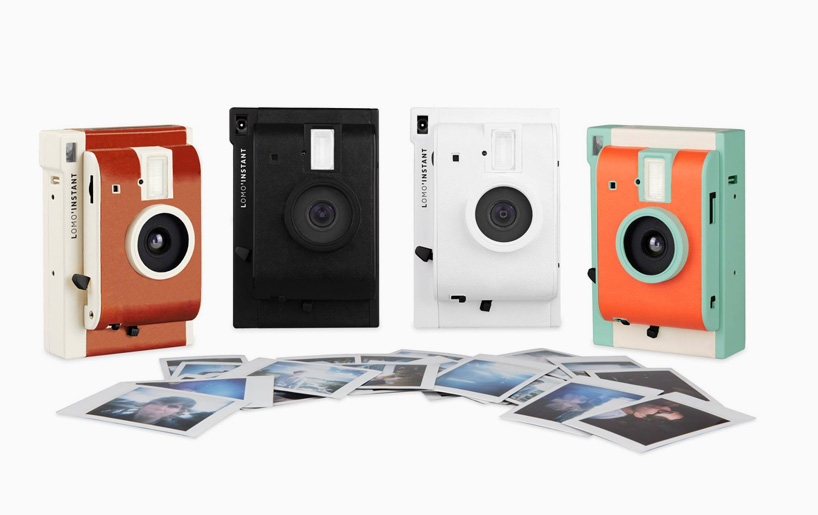Why do we Share Stories, News and Information With Others?
People often share stories, news, and information with the people around them. We forward online articles to our friends, share stories with our co-workers at the water cooler, and pass along rumors to our neighbors. Such social transmission has been going on for thousands of years, and the advent of social technologies like texting, Facebook, and other social media sites has only made it faster and easier to share content with others. But why is certain content shared more than others and what drives people to share?
When people are physiologically aroused, whether due to emotional stimuli or otherwise, the autonomic nervous is activated, which then boosts social transmission. Simply put, evoking certain emotions can help increase the chance a message is shared.
Well, according to Jonah Berger, the author of a new study published in Psychological Science, a journal of the Association for Psychological Science, the sharing of stories or information may be driven in part by arousal. When people are physiologically aroused, whether due to emotional stimuli or otherwise, the autonomic nervous is activated, which then boosts social transmission. Simply put, evoking certain emotions can help increase the chance a message is shared.

“In a prior paper, we found that emotion plays a big role in which New York Times articles make the most emailed list. But interestingly, we found that while articles evoking more positive emotions were generally more viral, some negative emotions like anxiety and anger actually increased transmission while others like sadness decreased it. In trying to understand why, it seemed like arousal might be a key factor,” says Berger, the Joseph G. Campbell Jr. Assistant Professor of Marketing at the University of Pennsylvania.
If something makes you angry as opposed to sad, for example, you’re more likely to share it with your family and friends because you’re fired up.
In the study, Berger suggests that feeling fearful, angry, or amused drives people to share news and information. These types of emotions are characterized by high arousal and action, as opposed to emotions like sadness or contentment, which are characterized by low arousal or inaction. “If something makes you angry as opposed to sad, for example, you’re more likely to share it with your family and friends because you’re fired up,” continues Berger.

Berger is especially interested in how social transmission leads online content to become viral. “There is so much interest in Facebook, Twitter, and other types or social media today,” he says, “but for companies and organizations to use these technologies effectively they need to understand why people talk about and share certain things.”
Students who felt high arousal emotions were much more inclined to share with others.
Two different experiments were conducted to test Berger’s theory that arousal promotes information sharing. In one experiment, which focused on specific emotions, 93 students completed what they were told were two unrelated studies. In the first study, students in different experimental groups watched video clips that made them either anxious or amused (high arousal emotions) or sad or content (low arousal emotions). In the second study, they were shown an emotionally neutral article and video and asked how willing they would be to share it with friends and family members. The results demonstrated that students who felt high arousal emotions were much more inclined to share with others.

The second experiment dealt with arousal more generally. 40 students were asked to complete what they assumed were two unrelated studies. First, they either sat still or jogged in place for about a minute – a task proven to increase arousal. Then they were asked to read a neutral online news article and told they could e-mail it to anyone they wanted. The findings showed that students who jogged in place and were aroused were more likely to e-mail the article to their friends and family, as opposed to the students that just sat still.
People’s behavior is heavily influenced by what others say and do.
Berger states that the implications of this study are quite broad. “People’s behavior is heavily influenced by what others say and do. Whether you are a company trying to get people to talk more about your brand, or a public health organization trying to get people to spread your healthy eating message, these results provide insight into how to design more effective messages and communication strategies.”
For more information about this study, please contact: Jonah Berger at jberger@wharton.upenn.edu







































Get Social